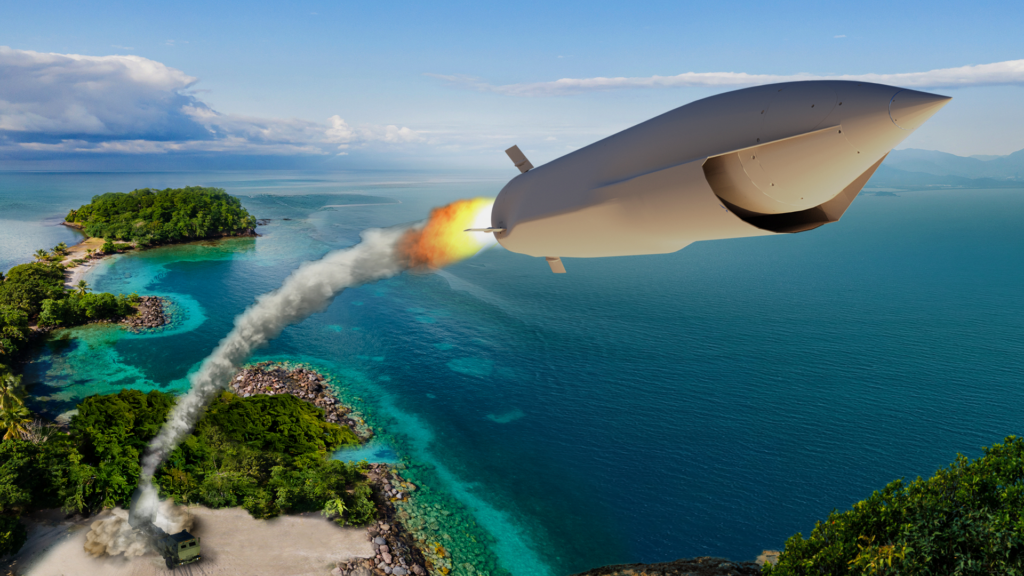US Army Selects Two Teams for Long Range Maneuverable Fires Program
The U.S. Army has selected Lockheed Martin and a pairing of Raytheon and Northrop Grumman to compete in the Long Range Maneuverable Fires (LRMF) program. Both teams will develop an advanced air-breathing missile launched from HIMARS and MLRS that will be able to strike maneuvering targets out to a range of around 1,000km.
This missile will be a follow-on to the Precision Strike Missile Increment 1 (PrSM Inc 1) which is already in production by Lockheed Martin. The PrSM system will replace the Army Tactical Missile System (ATACMS) and also introduce advanced capabilities through incremental upgrades. Inc 1 maintains a simple GPS/INS guidance method like ATACMS but increases the range from 300km to 650km. It is also more compact allowing for two rounds per pod instead of one.
:quality(70)/cloudfront-us-east-1.images.arcpublishing.com/archetype/6KBRB6EPAFGABI7QOWLFTT3M6M.png)
Inc 2 will introduce a passive RF seeker combined with an imaging infrared sensor for attacking maritime and air defense threats, discussed here. Inc 3 will develop submunitions to attack multiple moving targets, similar to the Brilliant Anti-Tank munition that was canceled as part of the ATACMS Block II program. Finally, Inc 4 intends to use advanced propulsion methods to extend the range to 1,000km and beyond. The LRMF program will be developed into PrSM Inc 4 once it completes flight testing.
Both teams have extensive experience in advanced air-breathing engines. Raytheon and Northrop Grumman were selected to develop the USAF’s scramjet-powered Hypersonic Attack Cruise Missile (HACM) that will enter service around 2027. Lockheed Martin had also test-flown a scramjet-powered demonstrator but did not win the HACM contract. The missile seen in Lockheed Martin’s artwork is visually similar to the 1970s vintage Advanced Strategic Air-Launched Missile (ASALM). This used a liquid-fueled ramjet with an integral booster created by filling the combustion chamber with solid fuel.

Neither company provided details about the propulsion and didn’t even specify that it was air-breathing despite the artwork making this clear. Other propulsion methods include Nammo’s solid-fuel ramjet and throttleable solid rocket motors developed under DARPA’s OpFires program. Whichever path is selected LRMF will act as a key part of the Army’s long-range precision strike capability.

